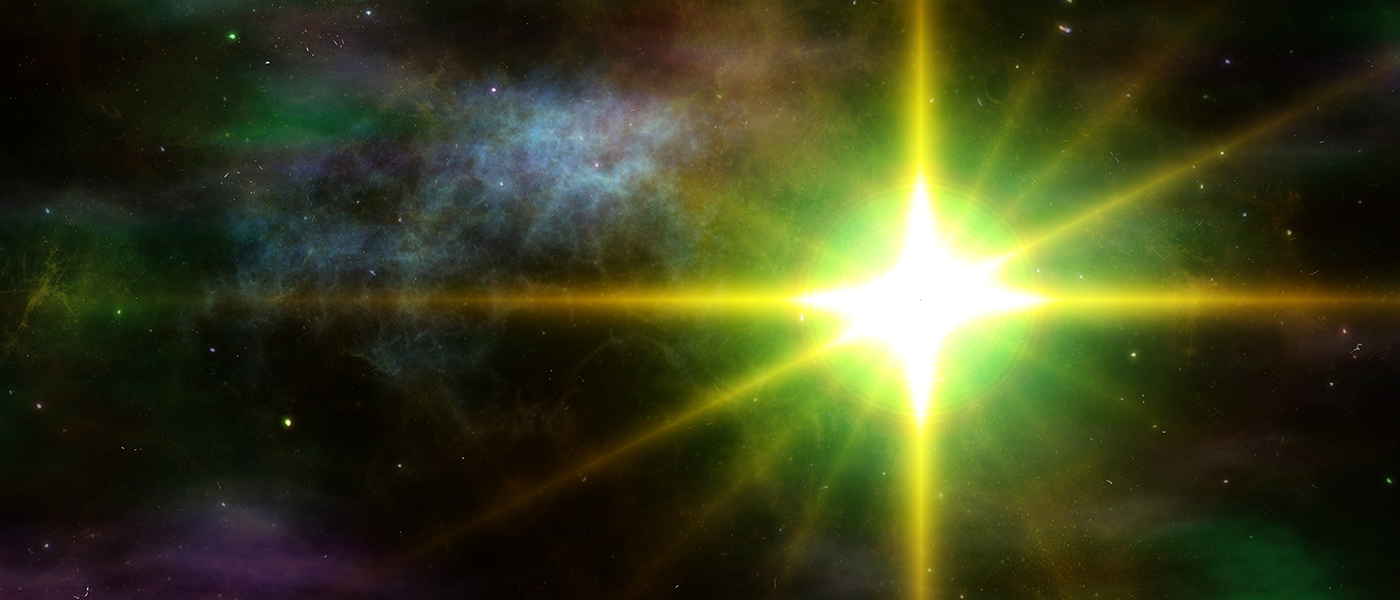Mystery Explosion in Space
For a few minutes in October 2014, a mysterious explosion occurred in a galaxy about 10.7 billion light-years away from Earth. The magnitude of the explosion was so intense that it produced 1,000 times more energy than all of the stars in its entire galaxy for the space of a few minutes.
We learned about this event after scientists took the deepest X-ray image of our Universe to date from NASA's Chandra Observatory. Researchers narrowed down the source of the blast with the help of data from the Spitzer and Hubble Space Telescopes. The small galaxy is relatively faint and unremarkable, located in a piece of the sky referred to as the Chandra Deep Field South.
Over the past 17 years, the Chandra X-Ray Observatory has watched this far-flung galaxy for a cumulative total of 2.5 months, and it has never detected any evidence of similar events before this unique explosion. Since the event passed, the galaxy appears to have receded into oblivion once more. Capturing it at all may have been a lucky break.
Now, the researchers are poring through the Chandra archive for evidence of similar events and painstakingly searching data from NASA's Swift satellite and the European Space Agency's XMM-Newton telescope for the same kind of evidence. The brief duration of the event means that missing other cosmic cataclysms would have been easy to do. Of course, researchers will also follow up with more Chandra observations of the galaxy.
A New Cataclysmic Event
Scientists know of no astronomical phenomenon that can explain the behavior. “We may have observed a completely new type of cataclysmic event,” said researcher Kevin Schawinski of ETH Zurich in Switzerland. “Whatever it is, a lot more observations are needed to work out what we're seeing.”
Although they don't yet have all the answers, researchers do have a few possible hypotheses that could explain the strange explosion. Of the three primary ideas, two focus on gamma-ray bursts (GRBs), the brightest known electromagnetic events that occur in our Universe.
These super high-energy explosions are released when two neutron stars collide, when a neuron star and a black hole merge, or when a massive star collapses. When GRBs are pointing in our direction at the time they occur, they spew a jet of gamma-rays that later taper into weaker forms of radiation, like X-rays. That's how we're able to detect them.
One theory to explain this mystery explosion is that we've simply picked up a GRB that was pointed in a different direction, and we don't recognize what we're “seeing.” Another possibility is that we've detected a GRB that is actually past the galaxy we're observing. A third idea is that we witnessed a black hole shredding a white dwarf star.
None of the theories seems like a perfect fit — yet. More data will help explain the strange explosion, and new technologies like the James Webb Space Telescope, which will replace the Hubble and collect seven times more light than its predecessor, should help us explain unique cosmic events like this one.
Share This Article
